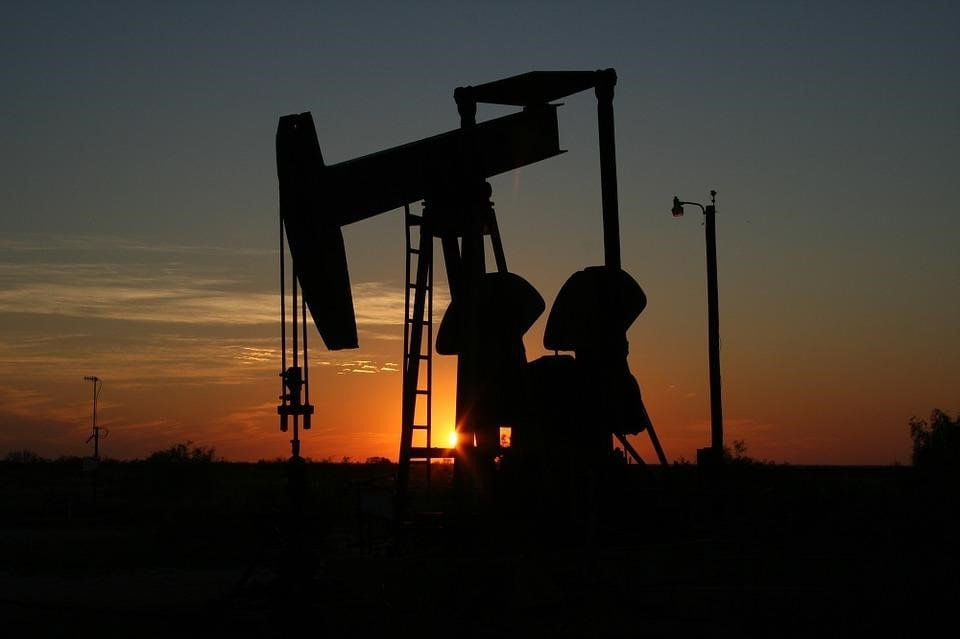Despite the current spike in oil prices from a 16-year low in March 2020, there are fears the worst is yet to come.
Brent crude is currently trading at a 13.93% high of $34.65 a barrel, while the US WTI is selling at an 11.93% higher cost of 28.94 per barrel.
The US has been the world’s most prolific oil producer for the last two years, a feat loudly and proudly hailed by President Donald Trump. The country’s natural gas hydrocarbons and petroleum production surpassed that of Russia in 2018, under its shale oil boom that has reshaped the energy production landscape of the world.
The US’s production of petroleum hydrocarbons centered in Texas has doubled in the last decade. As an illustration, the production of West Texas shale oil vaulted above that of Saudi Arabia crude in 2018 and kept climbing to an 11 million barrels production per day.
Fracking processes unlocked vast natural gas and oil resources trapped underground and lowered drilling costs. These oil acquisition processes made US oil exports very competitive and resilient.
Twin Problems Affecting Shale Oil Production
The industry has been on the boom until the COVID-19 epidemic and an oil production war between Russia and Saudi Arabia began this year.
The global oil trading market has been in free fall and according to market analysts, the drop could lead to a lessened global demand of over 20 million barrels per day.
This occurrence would ruin all the gains the American oil industry has made since it will adversely affect shale oil extraction. The production costs of shale oil are some of the highest in the world and are therefore unsustainable at prices of $30 a barrel and below.
The quoted breakeven prices for shale oil stand at $50 to $55 per barrel.
The current oil market share war between Russia and Saudi Arabia plunged the global oil industry into a crisis in early March. The disagreement between the mass producers of crude oil escalated after a disagreement over curbing the product’s output.
Saudi Arabia shocked the global crude oil industry when it started an aggressive market share takeover by lowering export prices. The West Asian nation began pumping their oil at maximum production rates and sold it cheaply to refiners Russia had targeted.
The tiff between the two giant producers led the Texan shale oil producers to consider the regulation of oil output for the first time in five decades.
This situation has worsened under the increasing spread of the coronavirus epidemic that has halved jet fuel demand and lowered gasoline demand in the US by 35 percent, because of the ongoing social distancing and self-isolation measures.
The US Could Lose Its Top Position
Lower oil prices would be fantastic news for drivers in any season, but not in 2020. Public health officials have asked people to stay indoors as much as possible, so very few buyers are enjoying lower pump prices.
Since free-market economics rather than the governments dictate US oil production as it is in Saudi Arabia or Russia, there will be a greater decline in shale oil production. A lack of profit in a risky venture will push away more investors.
The casualties of the decline in the oil industry are showing, as Whiting Petroleum based in Colorado files for bankruptcy. The firm is the first of US shale extractors to go under as the prices fall.
Nevertheless, this occurrence is not one of its kind in the history of oil production in the US. In 2014, the Kingdom of Saudi Arabia and its OPEC allies went into production overdrive amid falling crude prices.
The action undermined the US shale oil production and cut down its expanding market share. In that year, over 100 small shale oil extraction businesses in the US went into receivership. The current “each man for himself” contest going on in the market when the demand for crude is low has led to massive crude oil inventories.
The US, for instance, has not consumed such low levels of gasoline in the last 26 years. Now, the industry producing over 13 million barrels each day is running out of storage space and could soon have its production regulated.
The fall in production could oust the US from its top position as the world’s largest oil producer.
